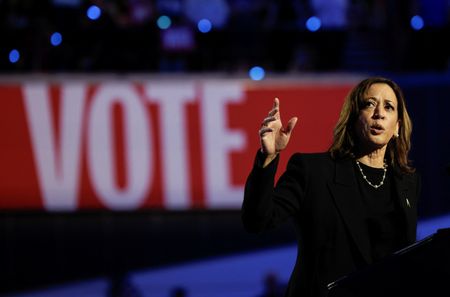(Reuters) -Updated COVID-19 boosters have gone into 4.4 million arms in the United States since a new revaccination campaign began three weeks ago, government data shows, a slower pace for the shots targeting the Omicron variant of the coronavirus than the rollout of the first boosters last year.
The government said earlier this week it has shipped 25 million of the Omicron-tailored shots, mostly from Pfizer/BioNTech.
Production of the similarly retooled Moderna shots has been slower due to what the U.S. Food and Drug Administration flagged as quality control issues at a contract manufacturing site run by Catalent Inc.
The FDA on Tuesday said it had cleared some vaccine from that plant.
Last year, when the United States initially authorized COVID boosters just for older and immunocompromised people, nearly 10 million received their third shot in the first three weeks.
The latest data, released late on Thursday by the U.S. Centers for Disease Control and Prevention (CDC), did show increased interest in the Omicron shots over demand for the older boosters during the previous three weeks.
In those three weeks, about 930,000 people received booster shots of the old vaccines available to those aged 50 and older or at risk for severe disease, according to CDC data.
Dr. Amesh Adalja, an infectious disease expert at the Johns Hopkins University Center for Health Security, said he expects demand for the updated shots to be low, “as has been the case with boosters from the very beginning.”
“I think that stems from kind of the poor messaging in the way this booster campaign and prior booster campaigns have been managed, as political issues rather than focusing on where boosters are going to beneficial,” he said.
That focus should be on high-risk populations and those aged 65 and over, Adalja added.
The updated shots target the widely circulating BA.4 and BA.5 Omicron subvariants as well as the original version of the coronavirus included in all previous COVID vaccines.
Moderna had been producing new boosters aimed at the older BA.1 Omicron subvariant when the FDA asked them to change course to address the currently dominant variants for the U.S. market.
(Reporting by Manas Mishra in Bengaluru and Michael Erman in New York; editing by Caroline Humer and Bill Berkrot)











